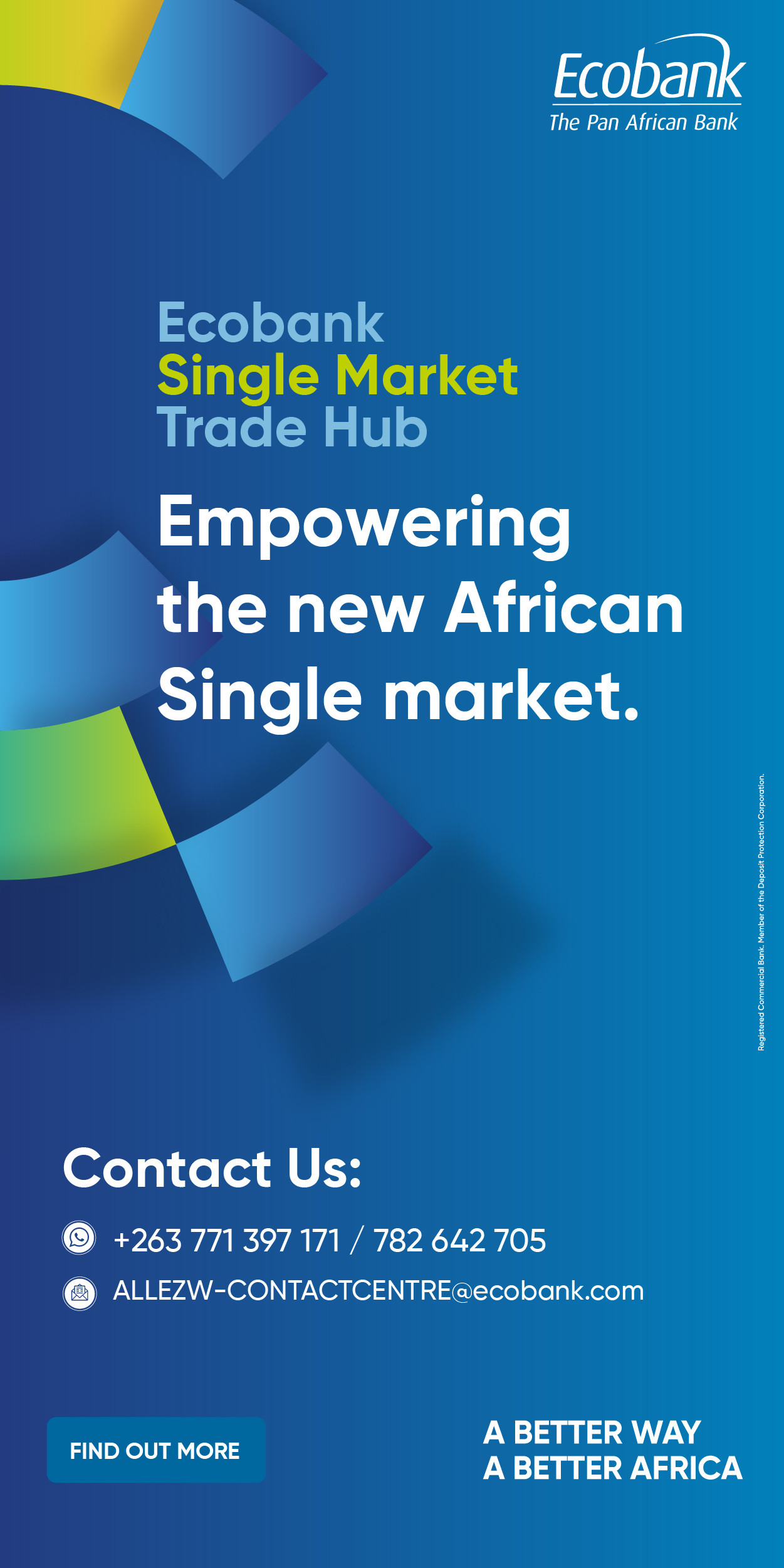- The Zimbabwe government has approved private sector participation in electricity retail and distribution to complement efforts toward universal access by 2030
- Licensed private players will be allowed to build distribution infrastructure, install meters, and sell power to consumers within designated zones, while ZETDC maintains backbone transmission
- The reform aims to attract private investment, improve supply reliability, integrate renewables, and expand access in underserved areas, though success depends on licensing credibility, regulatory stability, and cost-reflective tariffs
Harare - The Zimbabwe Energy Regulatory Authority (ZERA) and the Zimbabwe Electricity Transmission and Distribution Company (ZETDC) are working on modalities to allow private companies to sell and distribute electricity directly to consumers, marking a major policy shift in the country’s power sector.
The initiative follows last week’s announcement by authorities that the electricity retail market will be partially liberalised, enabling licensed entities to purchase power from producers such as ZESA Holdings and independent power producers (IPPs) for onward sale to households, industries, and commercial users.
‘’The government of Zimbabwe has approved the participation of private players in the retailing and distribution of electricity to consumers , to compliment on going efforts to achieve universal access to electricity by 2030,’’ reads the circular.
The move is part of the government’s broader strategy to achieve universal access to electricity by 2030 while reducing the burden on the state-owned power utility.
The proposed framework effectively opens the last mile of electricity distribution previously monopolised by ZETDC, a subsidiary of ZESA Holdings to private investment. Under the model, licensed private players will be allowed to build distribution infrastructure, install meters, and sell power to customers within specific geographic zones.
The policy shift mirrors reforms in telecommunications and fuel retailing seen in the early 2000s, where private participation helped unlock capital, improve service delivery, and extend coverage to previously underserved areas.
By comparison, the electricity sector has remained heavily centralised, with ZETDC struggling to maintain its ageing infrastructure and expand distribution networks.
Chronic underfunding, coupled with low-cost recovery tariffs, has left the parastatal unable to meet national demand or finance major grid extensions.
Zimbabwe’s peak electricity demand stands at circa 2,200 megawatts (MW), yet actual generation averages between 1,200MW and 1,400MW, depending on seasonal hydrological conditions at Kariba and maintenance status at Hwange. The deficit is often covered through costly imports from Mozambique’s EDM, Zambia’s ZESCO, and South Africa’s Eskom.
Opening the sector to private distributors could help mobilise private capital to complement ZESA’s constrained balance sheet. Investors would be expected to finance localised grid systems, metering, and renewable integration projects, especially in peri-urban and industrial zones where demand growth is highest.
According to ZERA, potential licensees will have to meet strict technical, operational, and financial criteria to qualify for distribution and retail licences. They will also be bound by compliance with national regulatory standards, consumer protection obligations, and grid code requirements.
The regulator envisions a collaborative model where ZETDC continues to provide the backbone transmission infrastructure including high-voltage lines and substations while private firms handle localised distribution and customer interface.
This dual approach aims to create a hybrid market structure similar to those in Kenya and Nigeria, where private operators coexist with state utilities under regulatory oversight.
ZERA has also indicated that renewable energy integration will be prioritised. The new framework is expected to facilitate investments in distributed solar mini-grids and hybrid systems, aligning with Zimbabwe’s Renewable Energy Policy (2019), which targets 26% of electricity generation from renewables by 2030.
While the reform signals progress, its success will depend on the credibility of the licensing regime and investor confidence in Zimbabwe’s regulatory environment. Previous attempts to liberalise the energy sector, particularly through IPPs, have yielded mixed results with less than 10% of licensed IPPs currently feeding power into the grid due to financing challenges and delayed power purchase agreements (PPAs).
Moreover, Zimbabwe’s macroeconomic environment characterised by currency instability, policy uncertainty, and high cost of capital remains a deterrent to large-scale private investment.
For the new retail model to succeed, the government must ensure cost-reflective tariffs, predictable exchange rate policies, and streamlined approval processes.
The move marks a significant milestone in energy sector reform, shifting focus from state-centric control toward a more competitive and investment-driven model. If implemented effectively, the entry of private distributors could enhance supply reliability, drive innovation in metering and billing technologies, and extend access to off-grid communities currently excluded from national electrification.
Equity Axis News





